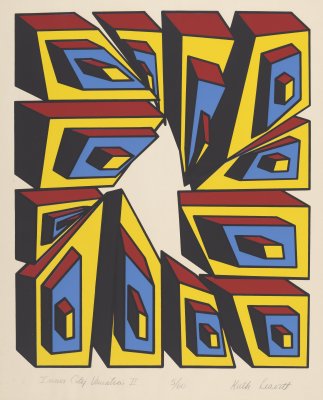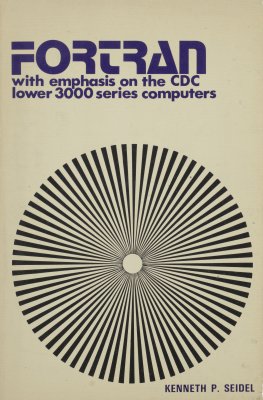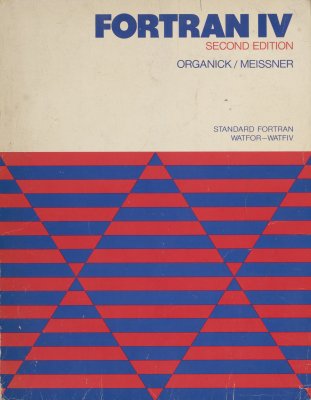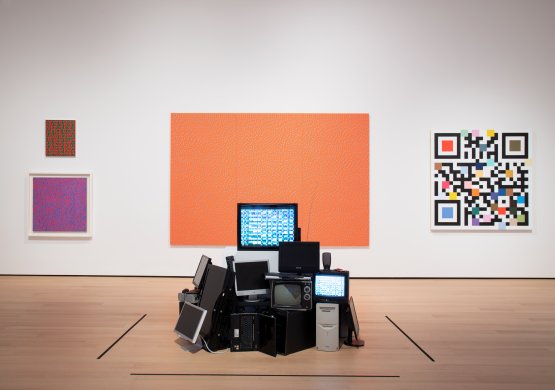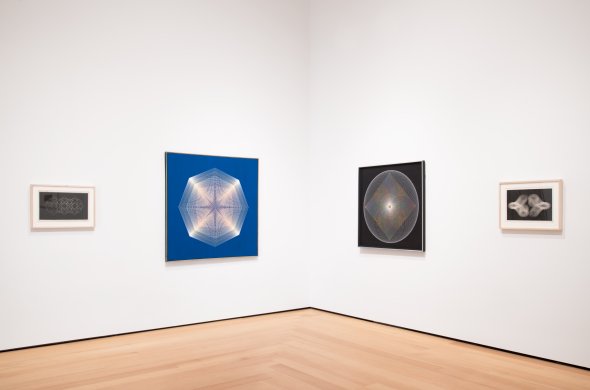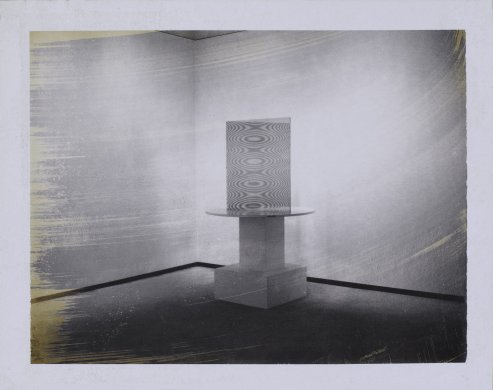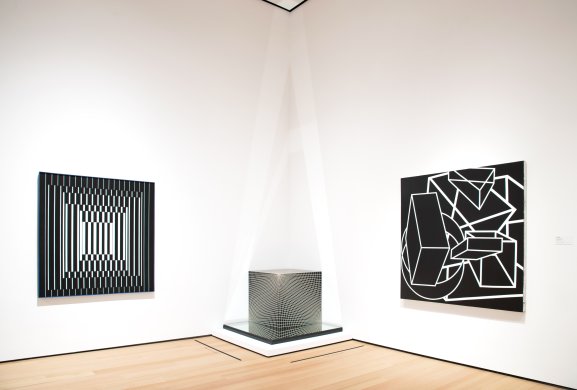By Ruth Leavitt
The following text is included in the catalogue for the special exhibition Electric Op, on view through January 26, 2025. Ruth Leavitt studied painting before turning to mainframe computers in 1967, making her one of the first women to make computer art (along with Vera Molnar, whose writing is included below). In 1976, she published Artist and Computer, an anthology of artists’ statements that she gathered from her fellow pioneers and an invaluable resource on the early history of computer art.
[…] As a grand student of Hans Hofmann having studied painting with Peter Busa it seems strange, even to me, to be involved with anything mechanical. My art studies were firmly grounded in abstract expressionism—dripping paint, house paintbrushes, and the attitude “I know nothing.” It is quite a leap to a computer, a plotter, and conscious decision-making. However, the change has been gradual and I feel I am combining both attitudes, abstract expressionism and constructivism in my work.
My first encounter with computers in producing art was to experiment and create graphics with a program that already existed. I drew and shaded pictures on a cathode ray tube using a light pen attachment. The program had features which made it superior to drawing by hand. But after six months I was frustrated with it. Everything I drew so freely on the scope was ultimately resolved into a grid. This dissatisfaction, coupled with the fact that I now knew more about how computers worked, led me to think of my own idea for a program. I had had a rubber dollar bill when I was a child. I loved to stretch and distort the image on it.
It is the option to create one’s own work tools which, in my mind, makes computer art unique. A new role is now open to the artist in addition to the traditional one of making objects. He can create programs for himself, other artists, and perhaps even for the public. The impact of computers on art in the future will be greater because more artists will have access to machines. I have no doubt that the public shall also have access to computers and certainly more leisure time. If computer art is to become “the public art” it will not be because graphics can be produced cheaply and en masse as some have predicted. It will be “the public art” because the public will be generating works of art with programs that artists have created. […]
Excerpted from Ruth Leavitt, untitled text, in Artist and Computer, ed. Leavitt (Morristown, NJ: Creative Computing Press, 1976), 97–101 (excerpts pp. 97, 98, 101).
To read more artist perspectives as well original critical essays, pick up the catalogue for Electric Op in the Buffalo AKG Art Museum Shop.
